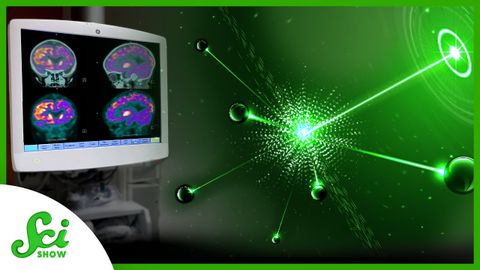粒子加速器在医院做什么(What’s a Particle Accelerator Doing in a Hospital?)
joey joey 發佈於 2021 年 07 月 02 日  沒有此條件下的單字
沒有此條件下的單字US /spɪˈsɪfɪk/
・
UK /spəˈsɪfɪk/
US /ˈɛpɪˌsod/
・
UK /'epɪsəʊd/
- n.插曲;集;(電視或廣播節目的)一集;事件;一段時期;(疾病的)發作
US /ɛnˈtaɪr/
・
UK /ɪn'taɪə(r)/
- adj.全體的 ; 完全的;未分割的;全緣的 (植物學)
US /ˈkrɪtɪkəl/
・
UK /ˈkrɪtɪkl/

